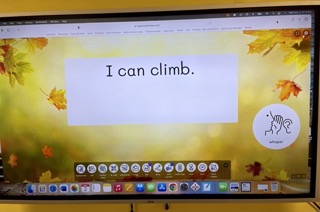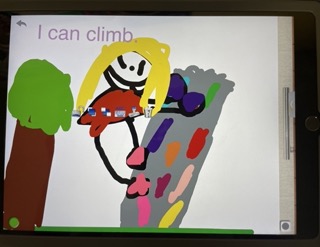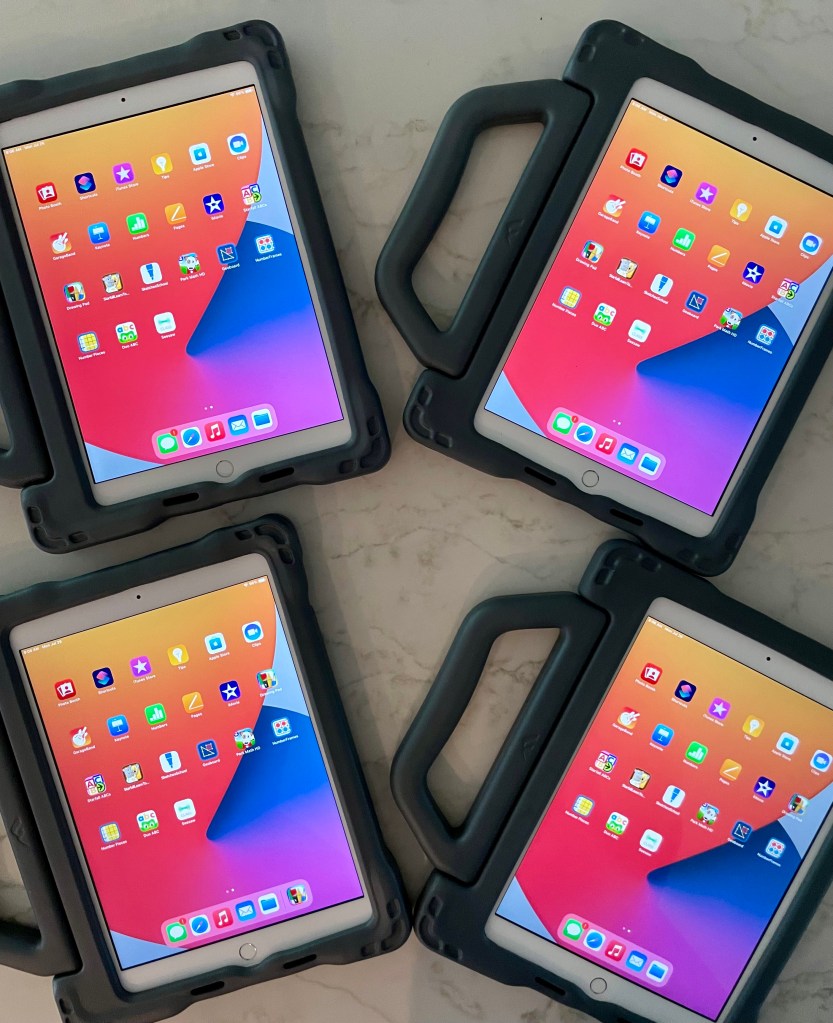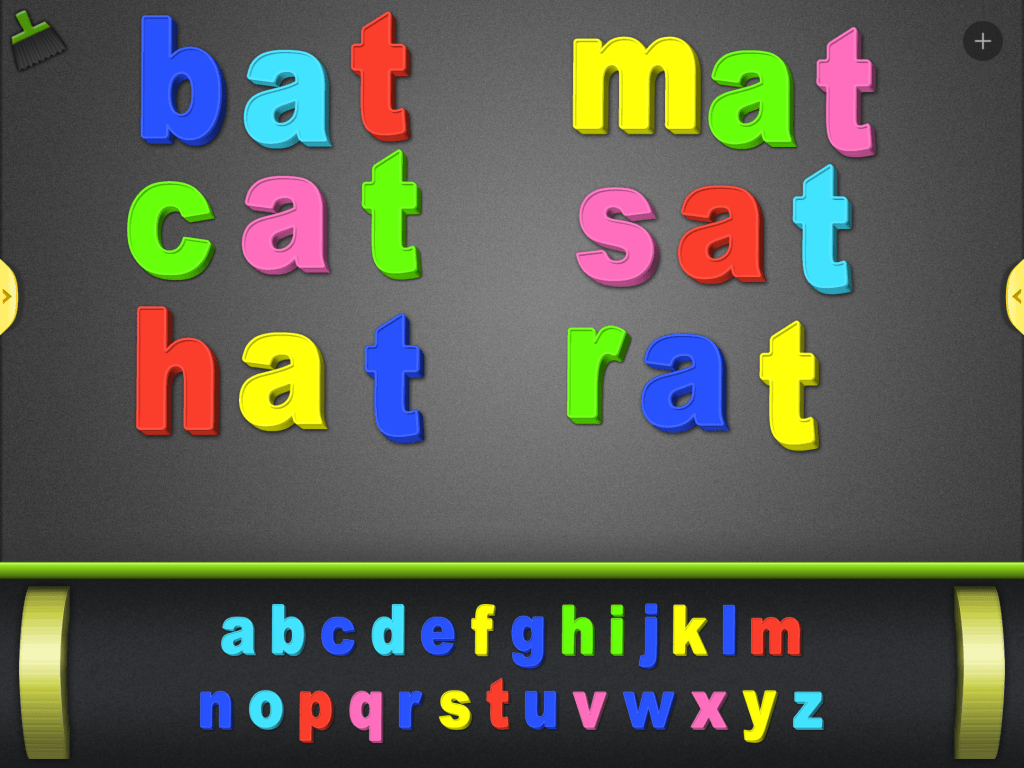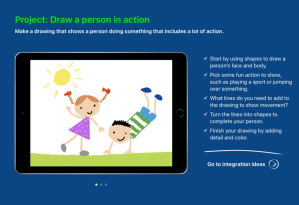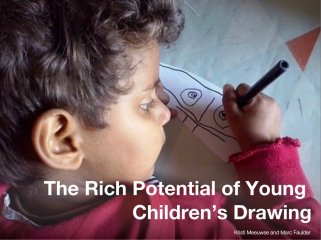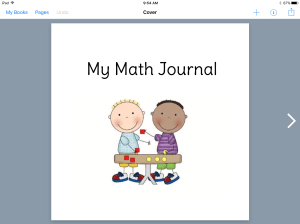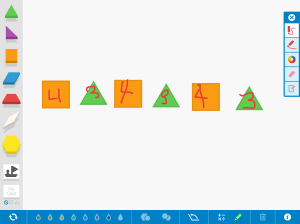I don’t usually have guest bloggers, but Marc Faulder and I, along with some other early childhood teachers have engaged in regular collaboration with our classes since 2014. Marc, an early years teacher in the UK wrote this blog post sharing our experiences.
Connecting Classes Across Continents is a collaboration I began with Apple Distinguished Educators who teach in the early years. We met in San Diego in July 2014 and began planning how we could use FaceTime and social media to build a personal learning network for our young learners, In the beginning we had classes connecting between South Carolina, Maine, Ireland and my class in England. The process is simple, we looked at what we taught throughout the year and found topics which overlapped or linked so that our classes could exchange knowledge over a video call.
Over the last two years my classes have made short video calls to these classes to talk about their place in the world, ask questions about the different places and share stories or festivals from their home country. We have shared Bonfire Night, Thanksgiving, Christmas food similarities and differences and Chinese New Year. Connecting with real children celebrating these festivals made the learning so much more real as we could have genuine discussions with real people involved in these celebrations.

The project has grown since then and we now have connected classes in Sweden, Australia and New York. This has added to the wealth of knowledge exchange, giving opportunities to explore languages through song and traditional tales from our different countries. With our Connected Class in Sweden we sang traditional nursery rhymes to each other in our first languages. With our Connected Class in Ireland we have shared traditional food from our countries. With our Connected Class in Maine we have shared in school rules, in a recent call we got to observe The Pledge of Allegiance and compared this to our own Respect Code of Conduct. All of these experiences over FaceTime have given my class a real insight in to life outside of England.
For some of our projects our classes have made work for each other. Between the teachers involved in Connected Classes Across Continents we have shared digital books that our classes have made on their iPads. My class have sent multi-modal books about Bonfire Night and compared this to a book about Thanksgiving from our Connected Class in South Carolina. With our Connected Class in New York, South Carolina and Maine we shared books about our local area. All of these book exchanges have resulted in follow up FaceTime calls to ask further questions about each other’s place in the world. With our Connected Class in New York it was great to compare their playground and ours, as they have a playground on the top of their building in the city!
We have even posted real story books to share in ‘What are you Reading’ FaceTime calls. This kind of connecting takes me back to the days of pen-pals and enhances these kinds of relationships through a more personal and immediate form.
The impact on my class this year has been huge. In a recent project we made calls to Sweden, Ireland, South Carolina and Maine
in one day. We went on a global hunt for lost teeth and our connected classes gave us clues that would help our mission. The project concluded the next day with a video message from our connected class in Australia. When we reflected on the knowledge exchange between all of these places my class could talk about the movement of the sun and time zone differences. This understanding of the world exceeds my expectation of what early years children can comprehend of their place in the world. You can hear their responses
here.
When interviewing my class on their time in Foundation with me and reflecting on their learning year in preparation for their transition to Year 1, I asked them who their teachers are. You can hear their responses
here.
To my surprise they included teachers from our connected classes. One child even listed Mrs Meeuwse, Mr Milner and Shonette above his actual teachers in our unit! This proves to me that connecting classes across continents builds a Personal Learning Network for early years children. By explaining how they learn and what they learn from these other teachers in their life they clearly appreciate the knowledge exchange beyond our classroom walls.
This year, the second year of Connected Classes Across Continents, wraps up with a special visit from Jason Milner. Jason is travelling Europe before the Apple Distinguished Educator Institute 2016. He will visit our school and work with my class. In the days leading up to his arrival we tracked his flight online. Flying from Sydney has been an exciting two days for my class with them watching his journey take place in real time over two days. The discussions around travel, time zone and connecting places has been incredible to listen to and the children are very excited to meet their first Connected Class Teacher!
A great place for you to start is by participating in International Dot Day. Find out more about this festival
here. It takes place on
September 15th every year and is a Foundation friendly text about making your mark on the world. You can connect with a local school, find a friend who you can make a call to on the day. Even if it is another school in your city, the children will make their first connection in learning beyond their classroom.
For your first call talk about your school uniform, school rules, your art work or hobbies. You can show photographs of your school and even share a song together. After the first call you could even find out what each other are working on then report back your findings in a follow up call.
It would be very easy to read this post and see these connections as difficult to achieve, but the links are simple to make. Not every class will get the opportunity to meet a Connected Class Teacher and it might not happen again for a long time at my school. However, these FaceTime calls and knowledge exchanges have proved so valuable to our understanding of the world and they will continue each year!
You can read more from Marc Faulder and see his work in the UK on his blog here.
